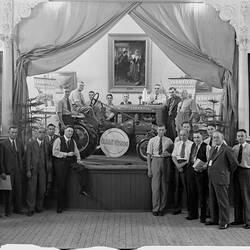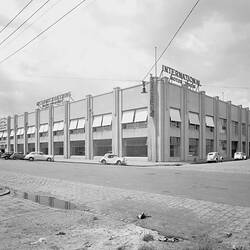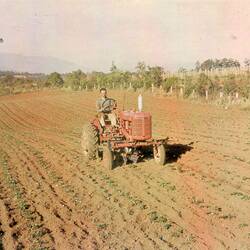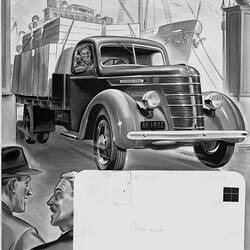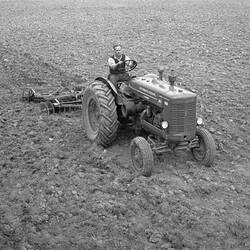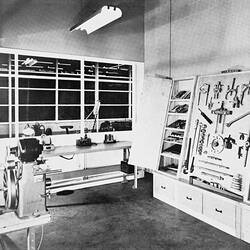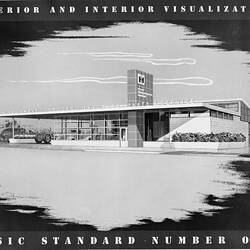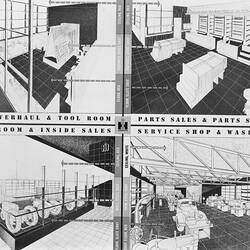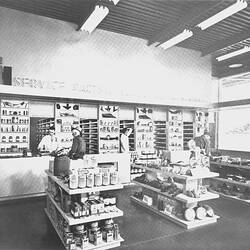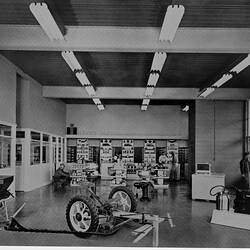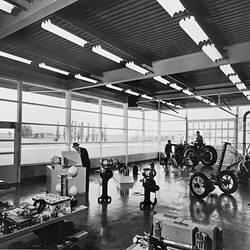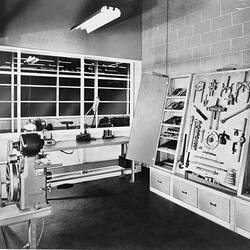Industrial designer Raymond Loewy (1893-1986) was born in France and came to the United States in 1919 after serving in the French Army. After working for Macy's department store in New York for one day he realized that he needed to work for himself and began a design consultancy which prospered despite a difficult period during the Depression. By the late 1930s his list of clients included many of the leading corporations and brands in America including Coca-Cola, Studebaker, Sears and Chrysler. His design work was characterised by the use of curved, flowing surfaces giving often prosaic industrial items a clean, streamlined and modern image with consequent benefits to sales.
In 1936, Loewy was engaged by International Harvester to oversee design of the new 'letter' series of wheeled and crawler tractors to replace the strictly functional range of Farmall tractors then in production. Released in 1938-39, this tractor product series particularly the A, H and M models were largely responsible for the success of the company worldwide and many models remained in production with only slight modifications for about 20 years. The neat slotted radiator grill along with smooth uncluttered panel lines made the Farmall distinctive with the small Farmall A featuring offset steering, termed Culti-Vision. Following the success of the Farmall project, Loewy was engaged to 're-style' the company beginning with a new IH logo. Loewy wrote that "I thought that their trademark was frail and amateurish. The firm's executives asked me what I had in mind. I left Chicago for New York on the train and sketched a design on the dining car menu." This new logo was a representation of a front view of a person sitting on a tractor.
By 1946, the new logo was being rolled out world-wide and a post-war standardized modular design for all International Harvester dealerships was completed. Lowey called this the 'Servicenter' but it was also known inside the company as the 'Base of Operations'. Loewy wrote that it was his goal to "create an atmosphere conveying a sense of product quality, longevity and sound engineering." About 1,800 such dealerships were built in the United States with overseas branches adopting a modified version of the basic product display design.
More Information
-
Keywords
-
Authors
-
Article types

